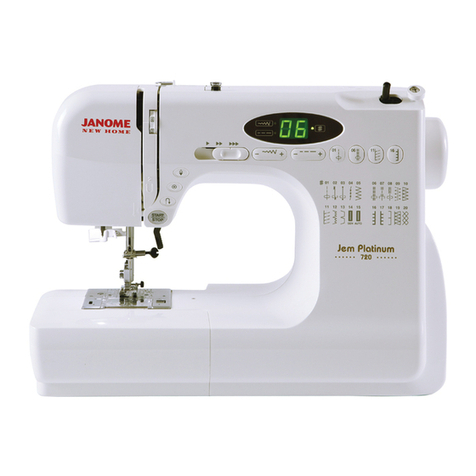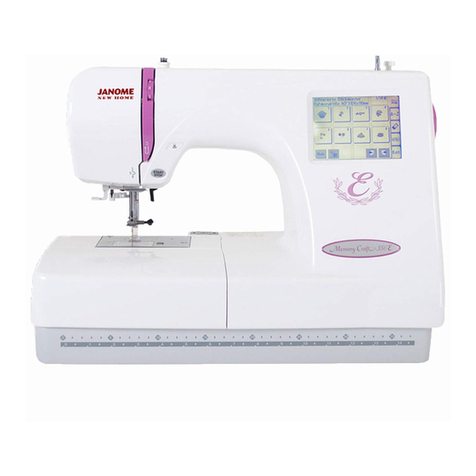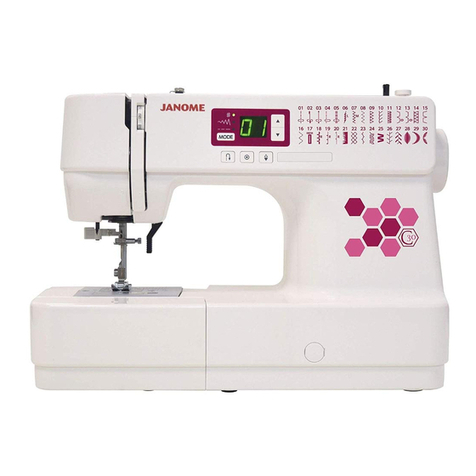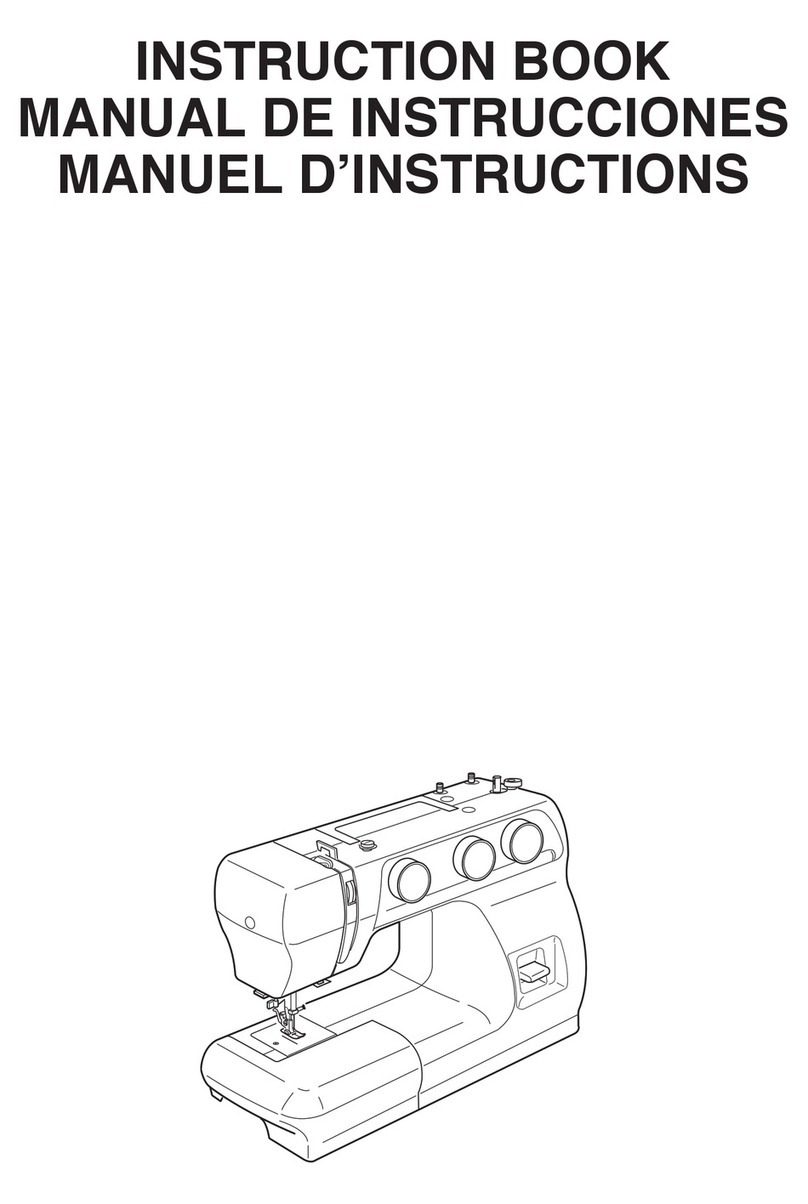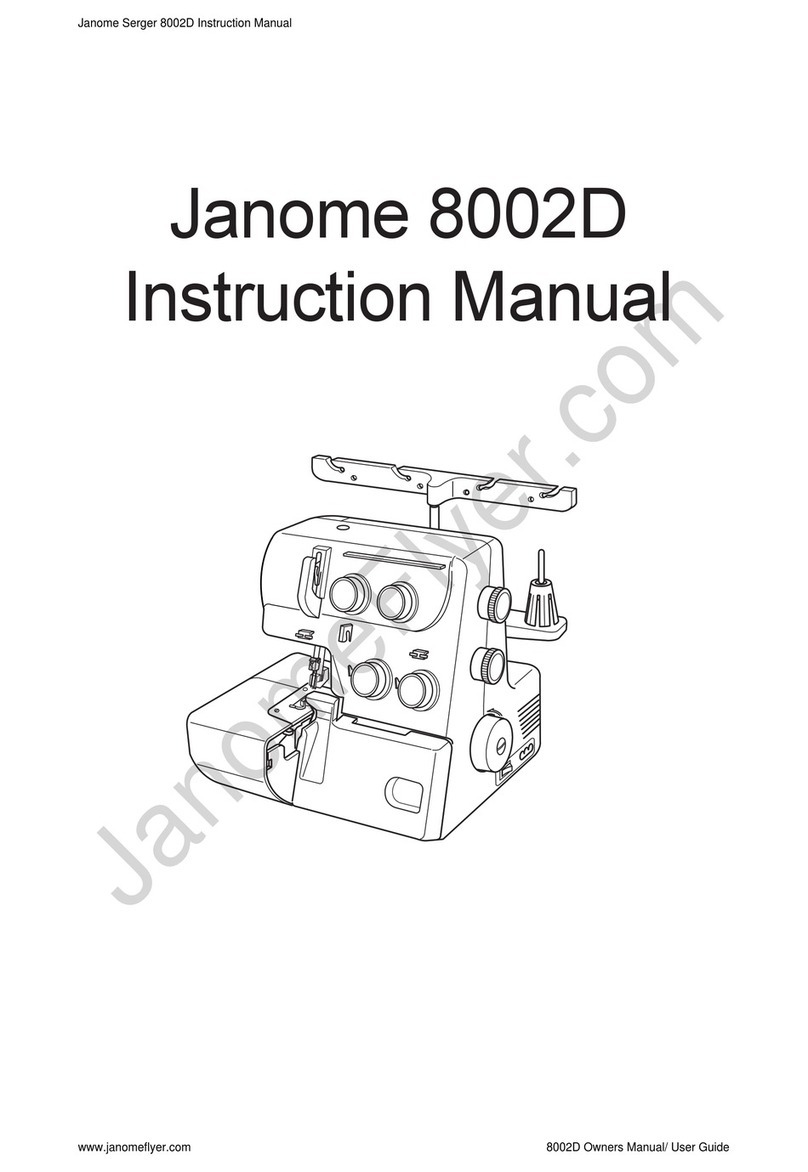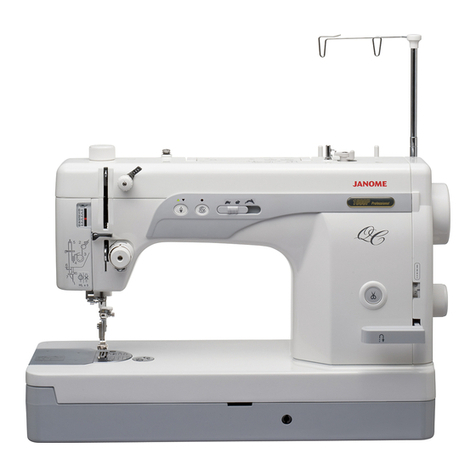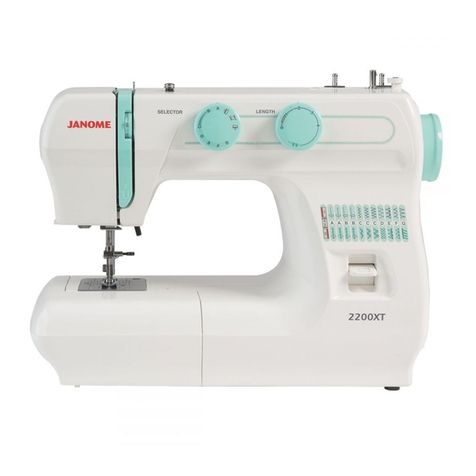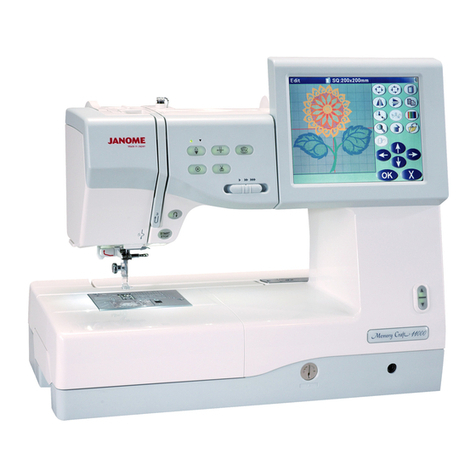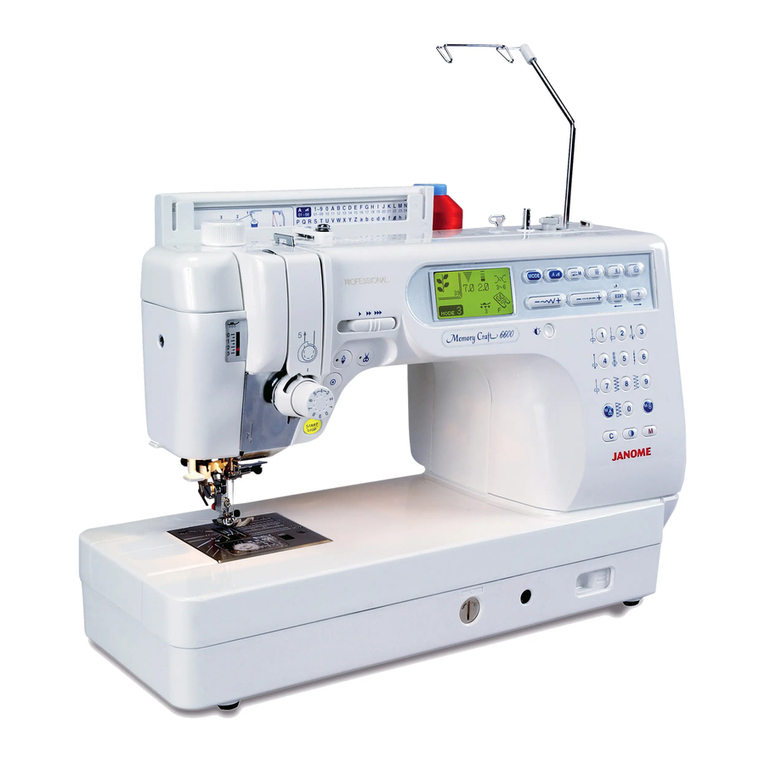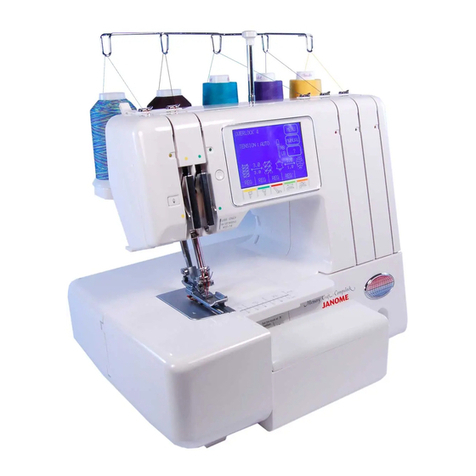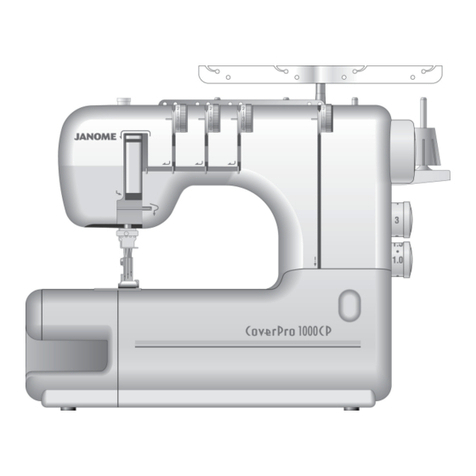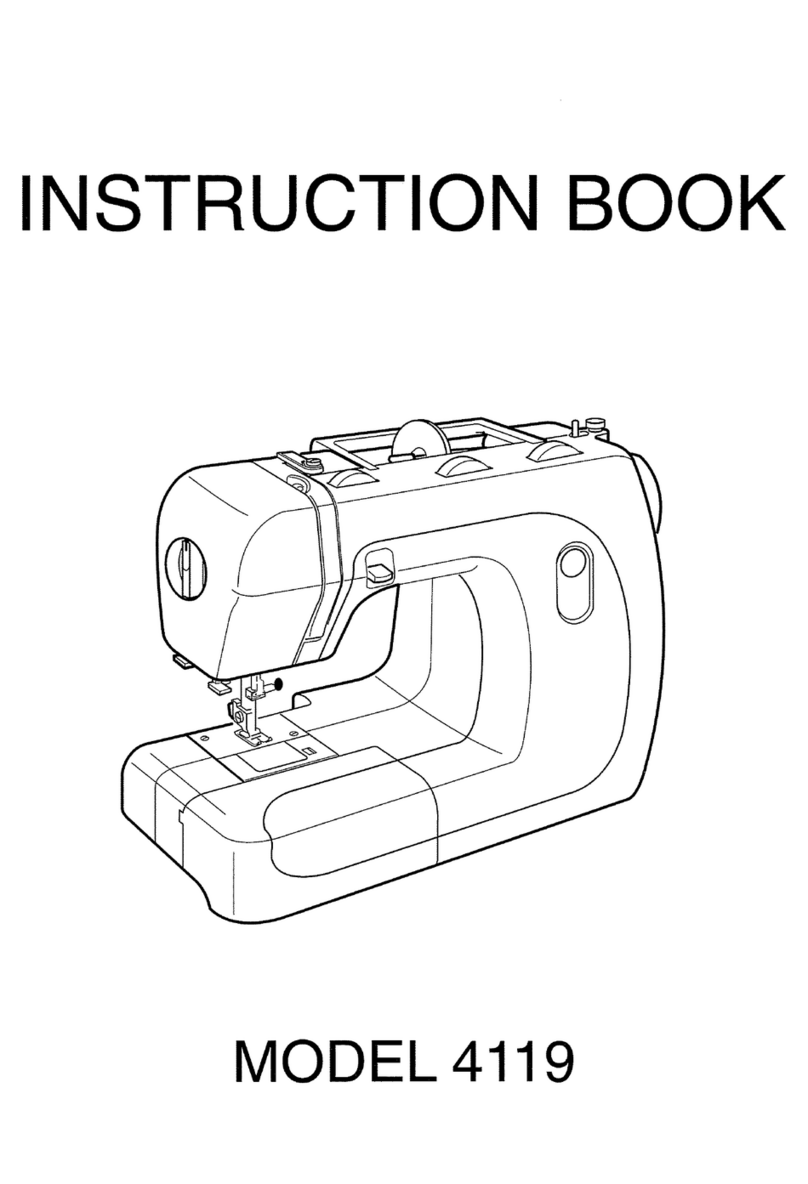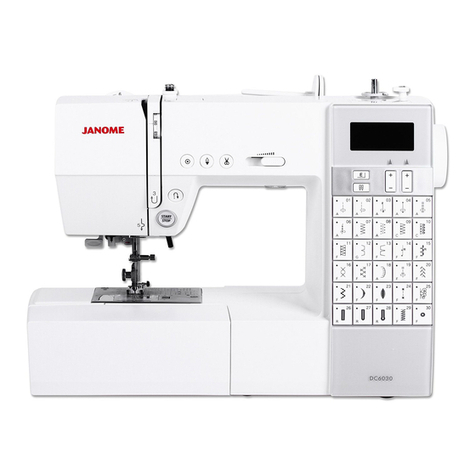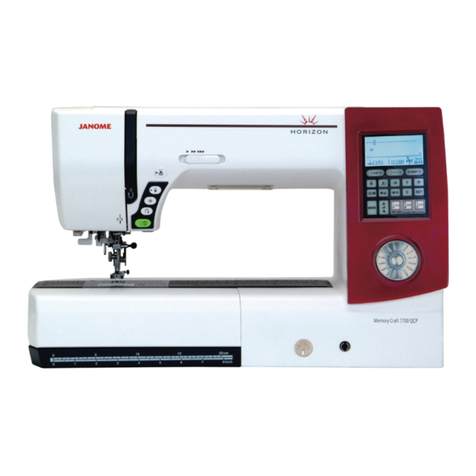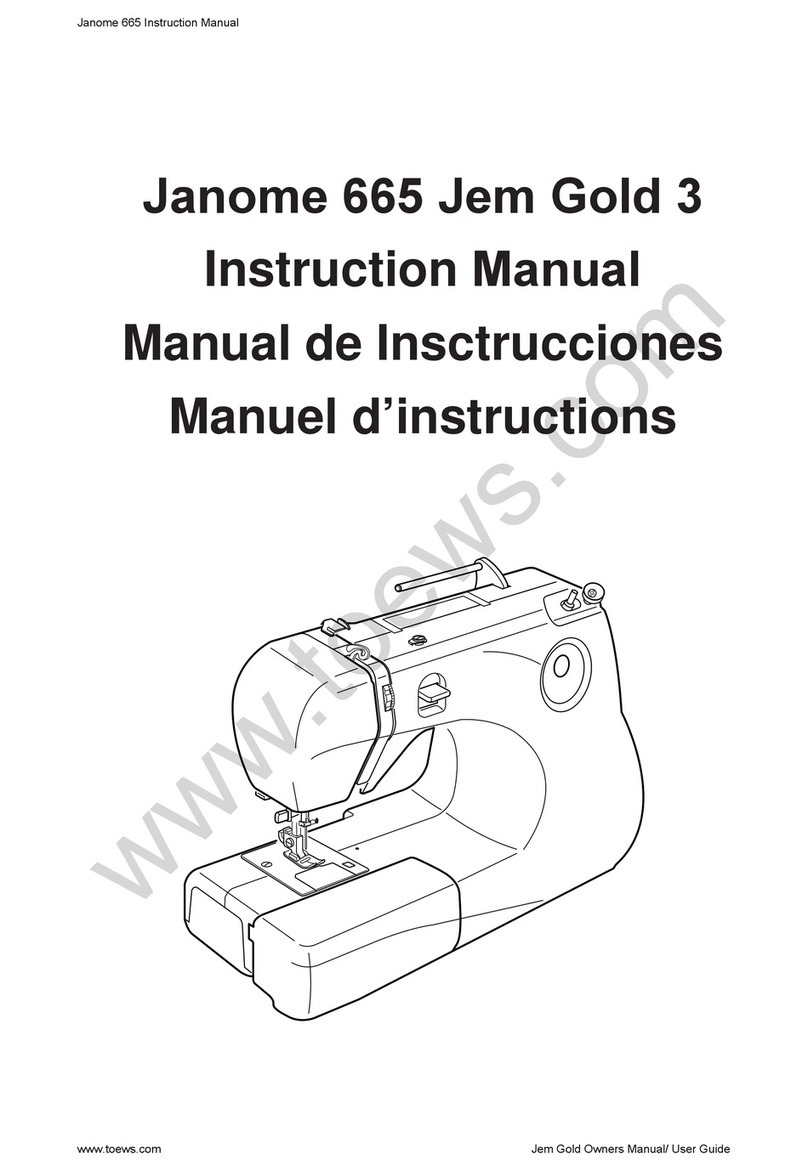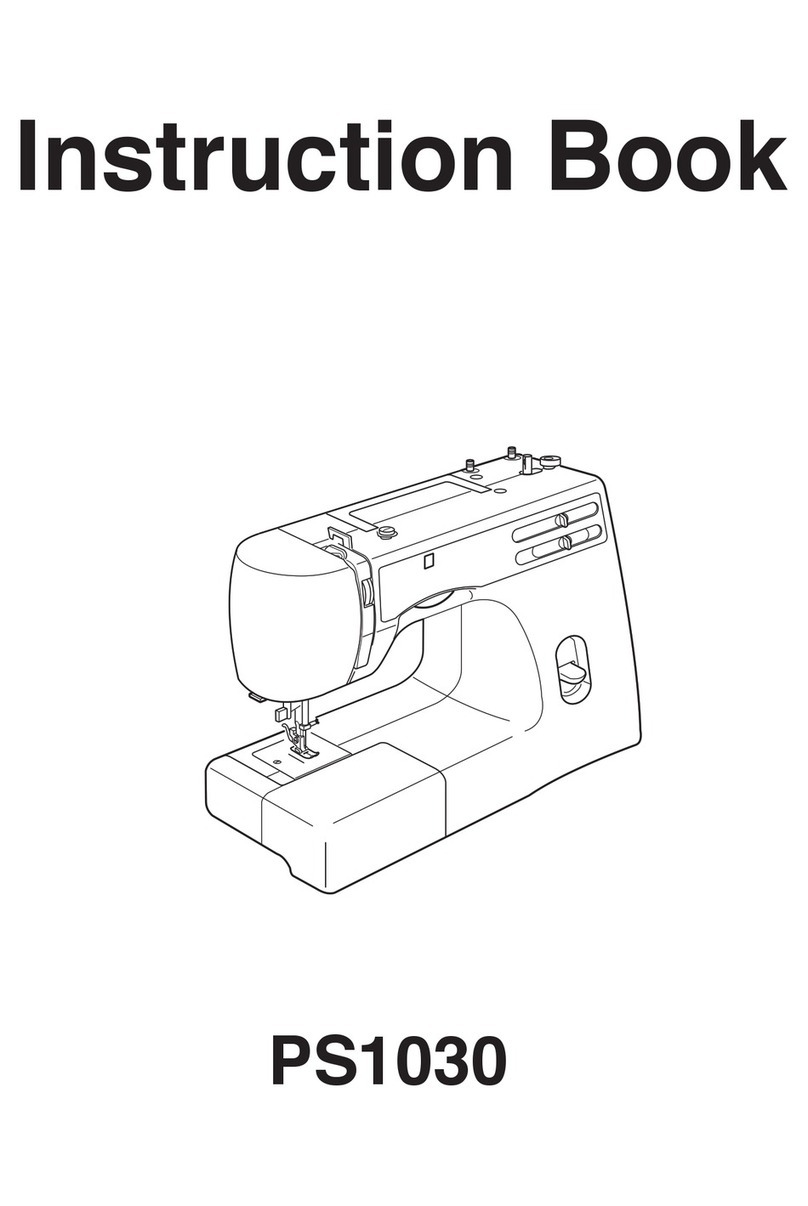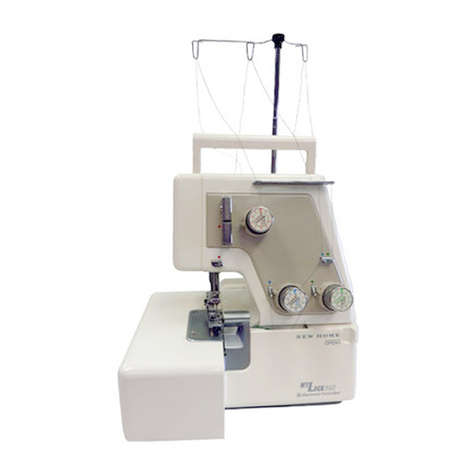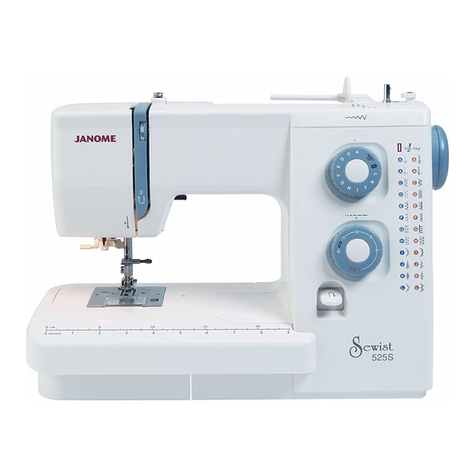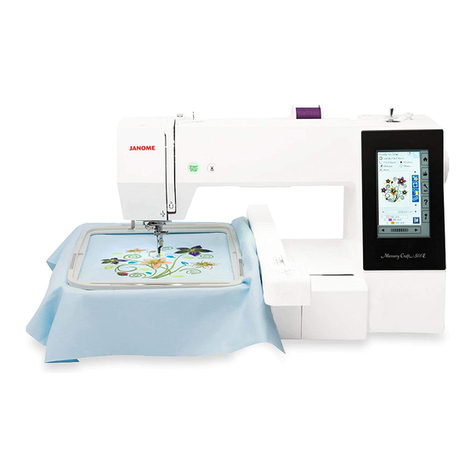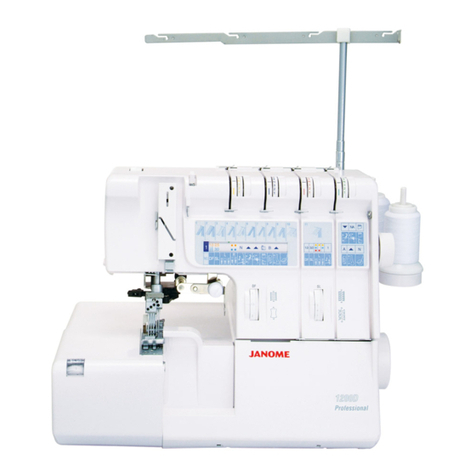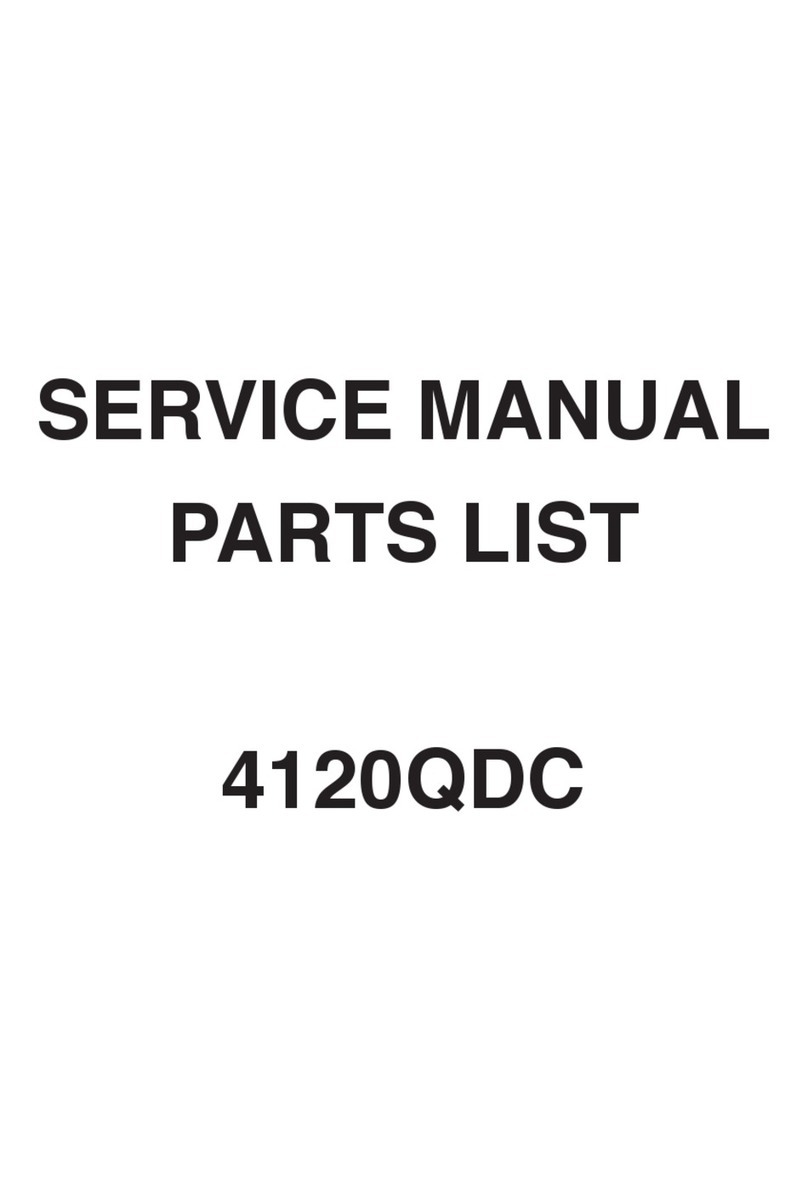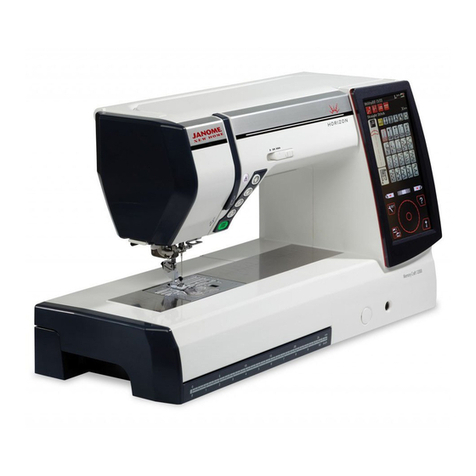INDEX
Changing external parts
Face cover...........................................................................................................................................1
Belt cover ............................................................................................................................................1
Top cover ............................................................................................................................................2
Machine base......................................................................................................................................3
Base cover ..........................................................................................................................................3
Bed cover ............................................................................................................................................3
Free arm cover....................................................................................................................................4
Front cover ..........................................................................................................................................5
Rear cover...........................................................................................................................................6
Replacing electronic components
Printed circuit board A.........................................................................................................................7
Printed circuit board F.........................................................................................................................8
Switching power supply unit................................................................................................................9
DC motor...........................................................................................................................................10
Thread tension unit ...........................................................................................................................11
Mechanical adjustment
Feed dog height ................................................................................................................................12
Needle drop position .........................................................................................................................13
Presser bar height.............................................................................................................................14
Hook timing .......................................................................................................................................15
Needle bar height..............................................................................................................................16
Clearance between needle and tip of the rotary hook ................................................................ 17-18
Presser bar lifter switch position adjustment.....................................................................................19
Backlash between hook drive gear and lower shaft gear..................................................................20
Upper shaft shield plate position.......................................................................................................21
Upper thread tension.........................................................................................................................22
Needle threader plate........................................................................................................................23
Buttonhole lever adjustment..............................................................................................................24
Thread cutter.....................................................................................................................................25
Solenoid position adjustment ............................................................................................................26
Stretch stitch feed balance................................................................................................................27
Needle plate switch ..................................................................................................................... 28-29
Diagnosis test ...................................................................................................................................... 30-36
PARTS LIST .......................................................................................................................................... 37-59
